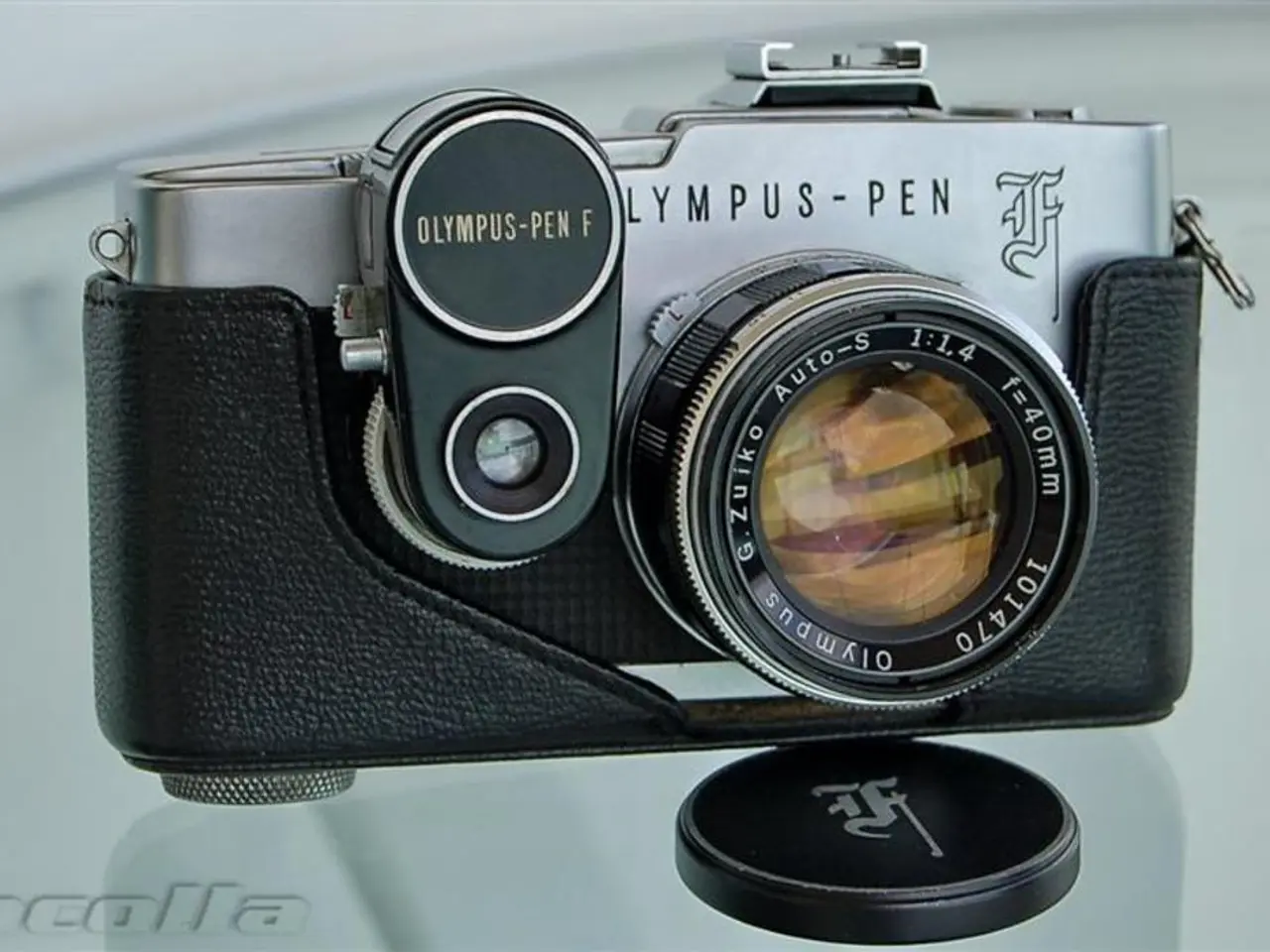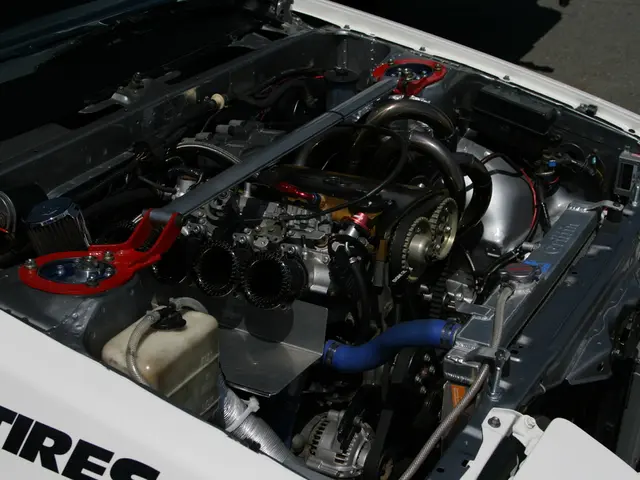Underwater Thermal Stress Testing of Canon EOS R5 Camera
The Canon EOS R5, a popular camera among videographers, can record 8K video underwater, but it is subject to overheating constraints typical of this model. In normal ambient conditions, around 88°F or 31°C, the EOS R5 tends to overheat in about 20-30 minutes of continuous 8K recording due to the intense processing and heat generation.
However, cooler water temperatures, such as 60°F (15.5°C), can help extend recording times and speed up recovery from overheating. While exact underwater limits vary and are not officially specified by Canon, user experiences suggest that underwater shooting in cooler waters can potentially allow for recording times longer than 30 minutes.
Recovery time after overheating is approximately 15-30 minutes, during which the camera needs to cool down before resuming 8K recording. Cooler water (around 60°F) can shorten this cooling period somewhat compared to warmer water (88°F), likely because the lower ambient temperature improves heat dissipation.
Although firmware 1.1.1 does not fundamentally change these thermal behaviors, it may optimize performance slightly. Users report that the update increased recording times by about five minutes.
It is essential to note that the EOS R5's internal heat buildup is a key limiting factor, and underwater shooting poses additional sealing and cooling considerations. Condensation can occur in the housing when approaching the overheating shutoff.
For extended underwater 8K capture, external cooling solutions or the newer EOS R5 Mark II with active cooling are often recommended. Underwater videographers who plan to shoot 8K or 4K @ 120p should expect to capture about 20-25 minutes of consecutive or non-consecutive footage in a dive.
In a series of tests, the Canon EOS R5 was tested in warm water (88F) with firmware 1.0.0, 57F with firmware 1.1.1, and 88F with firmware 1.1.1, all while recording 8K @ 30p with internal RAW recording. The camera overheated after 15 minutes 40 seconds with firmware 1.0.0, with a recovery time of 9 minutes 10 seconds. With firmware 1.1.1, the recording time before overheat shutoff increased to 20 minutes 42 seconds, and the recovery time was 14 minutes 49 seconds.
In another test conducted in water as warm as some tropical destinations, the recording time before overheat shutoff was 25 minutes 48 seconds. The recovery time (before the camera can film for 1 min) was 11 min 13 seconds.
At room temperature (23C), the Canon EOS R5 can capture about 20 minutes of 8K video and 15 minutes of 4K @ 120p. The camera is also capable of recording 8K video with internal RAW recording and 4K video @ 120fps.
In summary, while the Canon EOS R5 can record 8K video underwater, it is subject to overheating constraints. Cooler water temperatures can help extend recording times and speed up recovery from overheating, but exact underwater limits vary and are not officially specified by Canon. For extended underwater 8K capture, external cooling solutions or the newer EOS R5 Mark II with active cooling are often recommended.
Read also:
- EA Relies on Madden and Battlefield to Drive Microtransactions Recovery
- Expense for Creating a Digital Platform for Fantasy Sports
- Honda unveils blueprint for design, advanced driver assistance systems, electric vehicles, fuel efficiency, and technology development
- Xbox reportedly promoting graphics jobs through AI art of questionable quality







